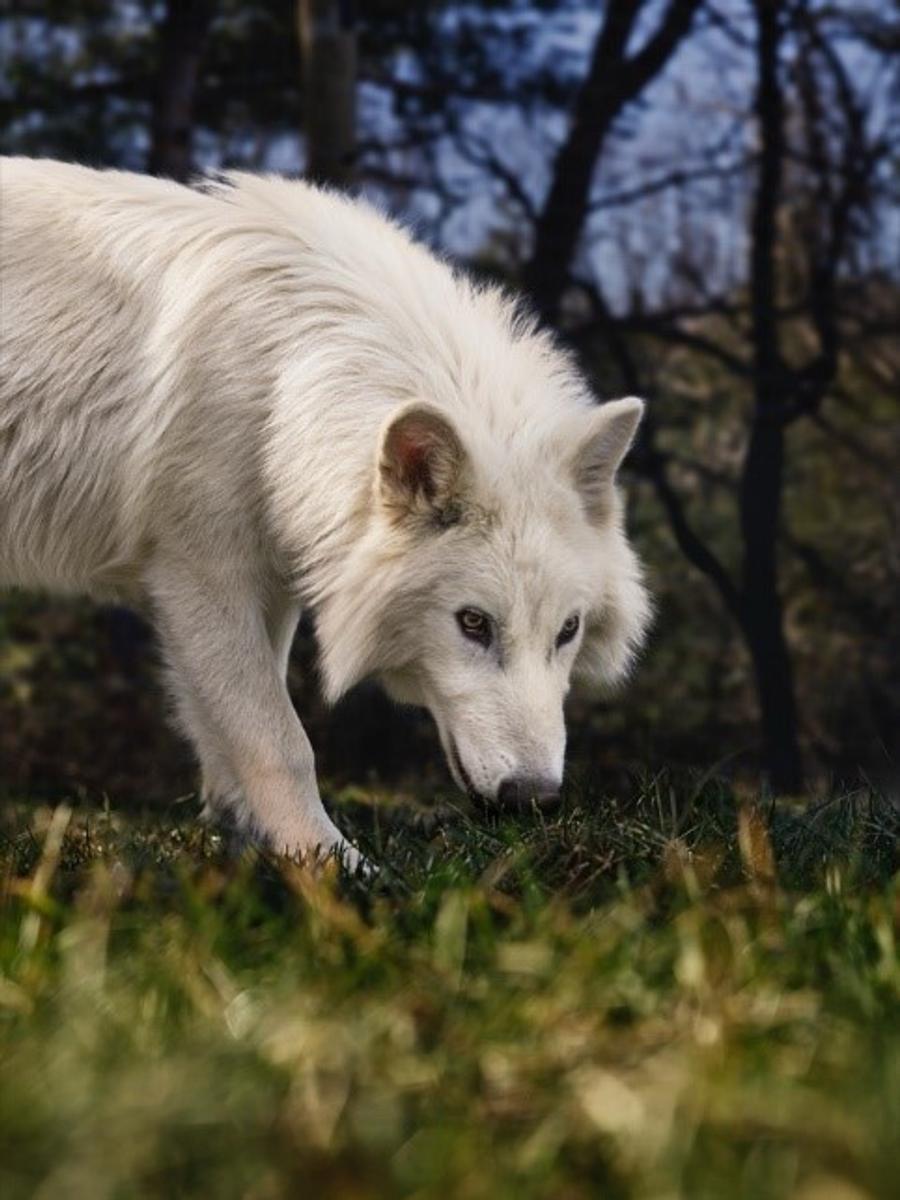Science and Engineering News
Ms Wendy Macdonald, Curriculum Leader - Science and Engineering

Science and Engineering News
Ms Wendy Macdonald, Curriculum Leader - Science and Engineering
The short 2-day week back from the holidays has flown by, and its already Week 2! The UQ Science Ambassadors Team hopes everyone had a fantastic break, enjoying quality time with family, and is now feeling refreshed and ready to get back into the school routine.
Over the break there was a trending and somewhat controversial scientific breakthrough on the ‘de-extinction’ of dire wolves. Many of you probably never even knew that dire wolves once existed until weeks ago when this was published.


To truly appreciate the significance of this achievement, it's essential to understand what a dire wolf was, and the time in history it roamed our planet, Earth. Dire wolves, scientifically known as Canis dirus, first appeared on American continent approximately 125000 years ago. These most definitely weren’t animals the early humans would have wanted to encounter as they were thought to be even larger than the biggest wolves we see today and possessed a bite force at least 29% stronger than that of the modern gray wolf. However, around 10000 years ago, these impressive creatures went extinct, thought to be due to the disappearance of the megaherbivores that formed their prey, coupled with climate change and competition from other predators, such as humans (ActiveWild, 2021).
The company behind this so-called 'de-extinction' is Colossal, which claims that "... For the first time in human history, Colossal successfully restored a once-eradicated species through the science of de-extinction" (Colossal, 2025). Colossal achieved this remarkable feat by comparing the differences between the DNA of a modern gray wolf and the DNA extracted from fossils of extinct dire wolves. They then undertook the complex process of altering the DNA of a fertilised gray wolf egg to align with that of a dire wolf.
However, this so-called 'de-extinction' was met with considerable controversy among scientists. Some argued that what Colossal had created was essentially just a designer dog, a genetically engineered gray wolf that resembles the likes of the extinct dire wolves. This opinion largely stems from a 2021 research paper that indicated dire wolves belonged to a much older evolutionary lineage of dogs, rather than being directly related to the gray wolf. Moreover, these so-called de-extinct dire wolves are not 100% genetically identical to the dire wolf fossils and therefore some believe they cannot truly be called dire wolves (Thompson, 2025).
While we might not have true dire wolves roaming the Earth yet again, and we may not actually want them too, the work being completed in the genetic engineering field is very interesting and developing continually in many different areas.
Science and Engineering - Wendy Macdonald
Opportunities for students:
Queensland Biology Winter School Year 12: 7th – 8th July 2025, registrations are open.
Queensland Biology Winter School Year 11: 30th June – 1st July 2025, registrations are open.
Future Experiences in Agriculture, Science and Technology (FEAST)
29 June - 02 July 2025, Expressions of Interest (EOI's) open now
FEAST is a 4-day residential program for Year 11 and 12 students where they explore the fascinating fields of agriculture, animal science, and plant science at our Gatton campus. Students experience what it’s like to be a UQ student by participating in hands-on workshops led by our passionate students and staff!
Year 11 Queensland Chemistry Winter School Year 12: 3rd – 4th July 2025, registrations are open.